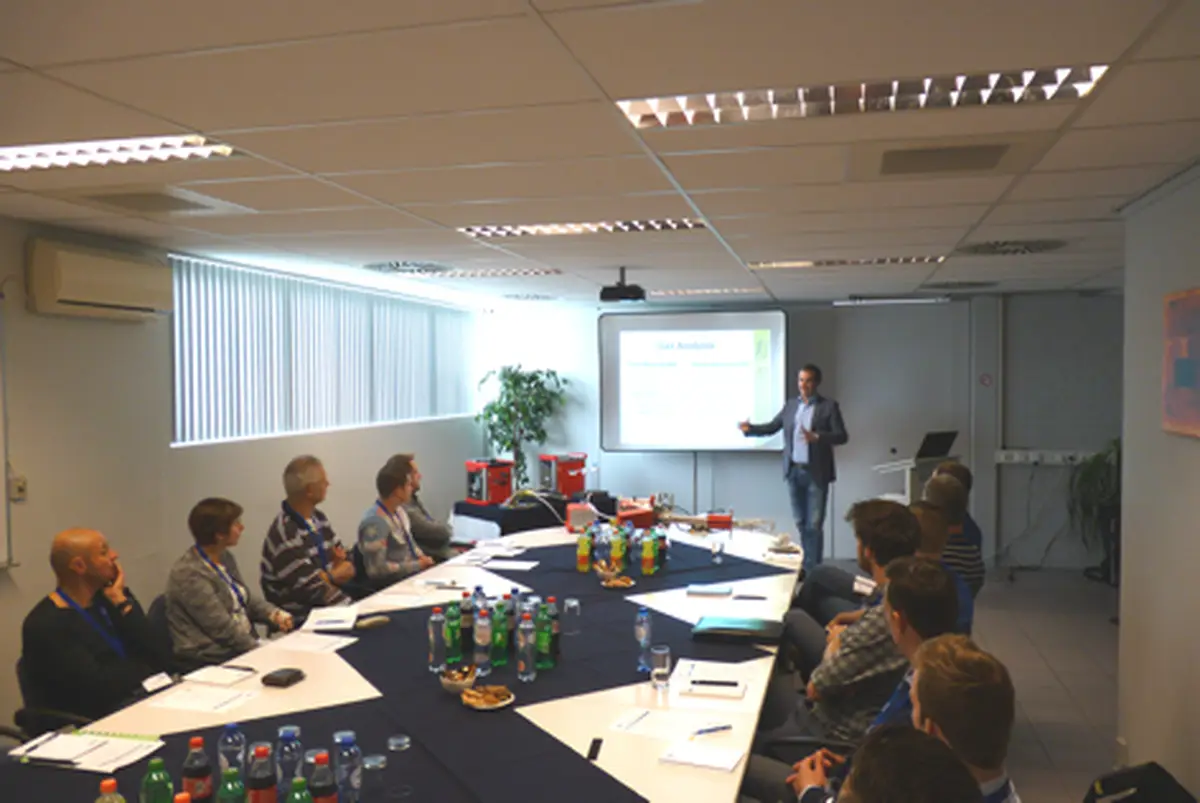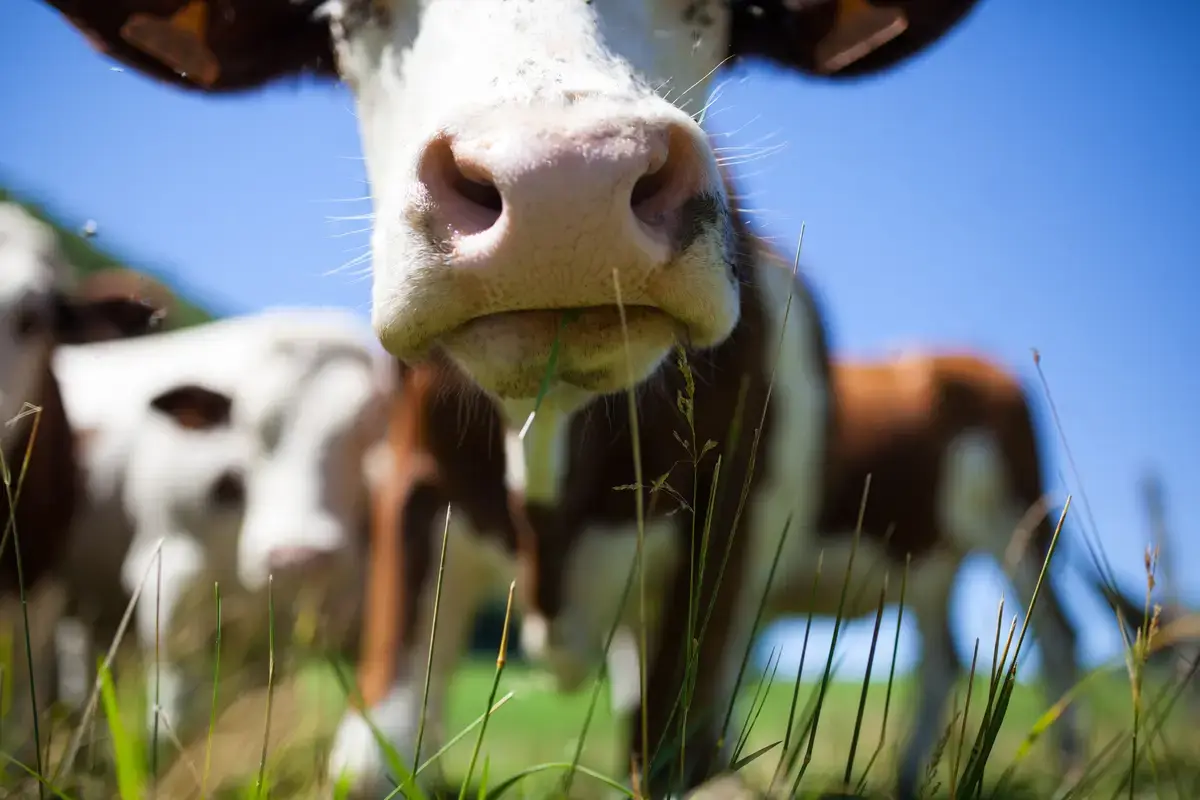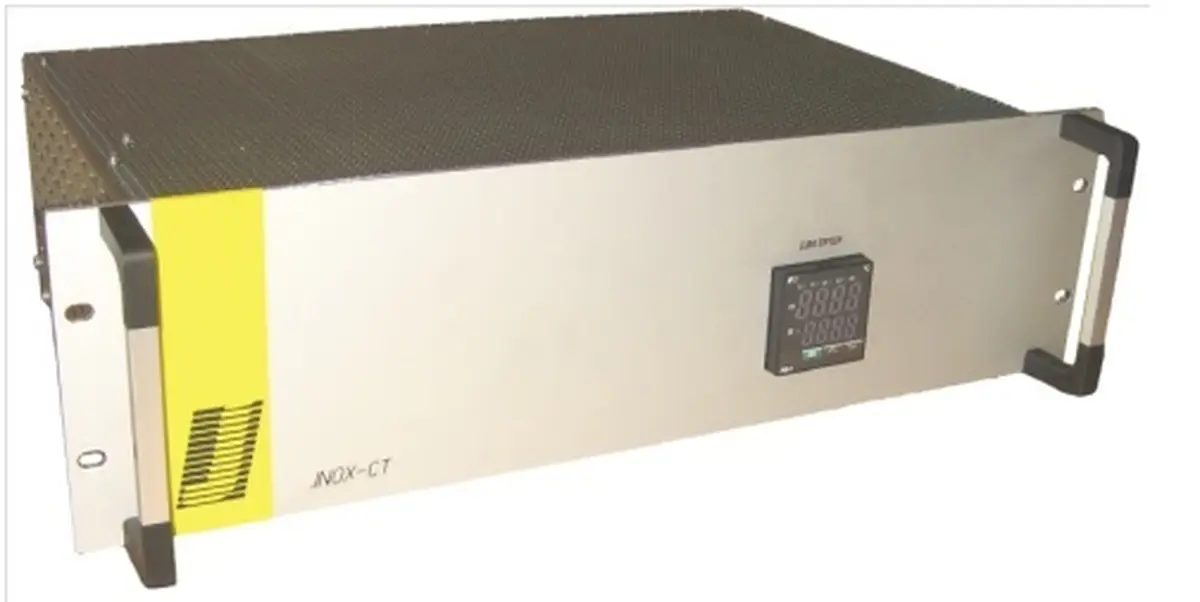Monitoring of Ammonia Concentration in Livestock Farming
Ammonia Emissions in Livestock Farming
 Monitoring ammonia concentration is a recurring topic among research institutes. Ammonia is released in various types of livestock farming, as shown in Figure 1. Excessive ammonia has negative effects on the environment. As a result, interest in monitoring ammonia emissions has increased in recent decades. By measuring ammonia emissions, the contribution from livestock farming can be mapped, allowing for research into reduction strategies.
Monitoring ammonia concentration is a recurring topic among research institutes. Ammonia is released in various types of livestock farming, as shown in Figure 1. Excessive ammonia has negative effects on the environment. As a result, interest in monitoring ammonia emissions has increased in recent decades. By measuring ammonia emissions, the contribution from livestock farming can be mapped, allowing for research into reduction strategies.
Challenges in Measuring Ammonia
 Figure 1. Cattle are a major contributor to ammonia emissions.
Figure 1. Cattle are a major contributor to ammonia emissions.
However, measuring ammonia is not easy due to its solubility and physical properties. The gas to be measured often contains a lot of water and other gases such as methane, hydrogen sulfide, and carbon dioxide. If water condenses, ammonia will readily dissolve in it, meaning ammonia is no longer present as a gas, making measurement nearly impossible. In addition to "washing out" in condensation, ammonia also tends to "stick" to the tubing. This causes a significant delay between sampling and analysis, which reduces measurement reliability.
Preference for Heated Measurement Systems
The above issues are best avoided by using a fully heated system. Staying above the dew point prevents washing out and minimizes ammonia adhesion. FTIR technology utilizes a completely heated system, which is why it is the preferred option. Additionally, FTIR can measure multiple gases simultaneously.
Alternatives for Measuring Ammonia
If only ammonia concentration is of interest, the NDIR technique can also be used. Like FTIR, this technique is based on infrared absorption. However, NDIR uses a single wavelength specific to ammonia absorption.

Solutions for Condensation and ‘Sticking’
Figure 2. The converter for converting ammonia to nitrogen oxide.
However, an NDIR analyzer is not fully heated, so condensation and sticking remain an issue. To prevent this, ammonia can be converted into nitrogen oxide. Nitrogen oxide is poorly soluble in water and does not stick to tubing. Inside the converter, ammonia is catalytically converted to nitrogen oxide. Since the catalyst has a limited lifespan, it must be replaced periodically. The catalyst lifespan is estimated at 20,000 ppm hours. At an average exposure of 10 ppm, it will need replacing after approximately 80 days.
